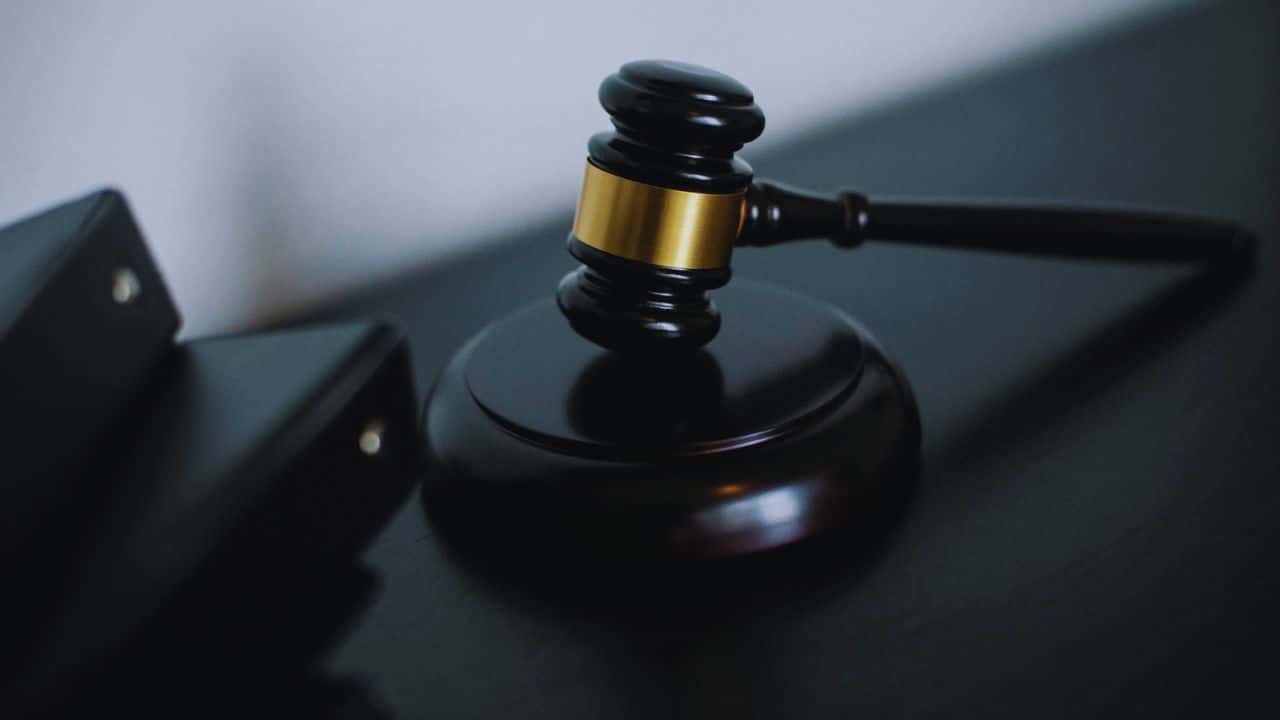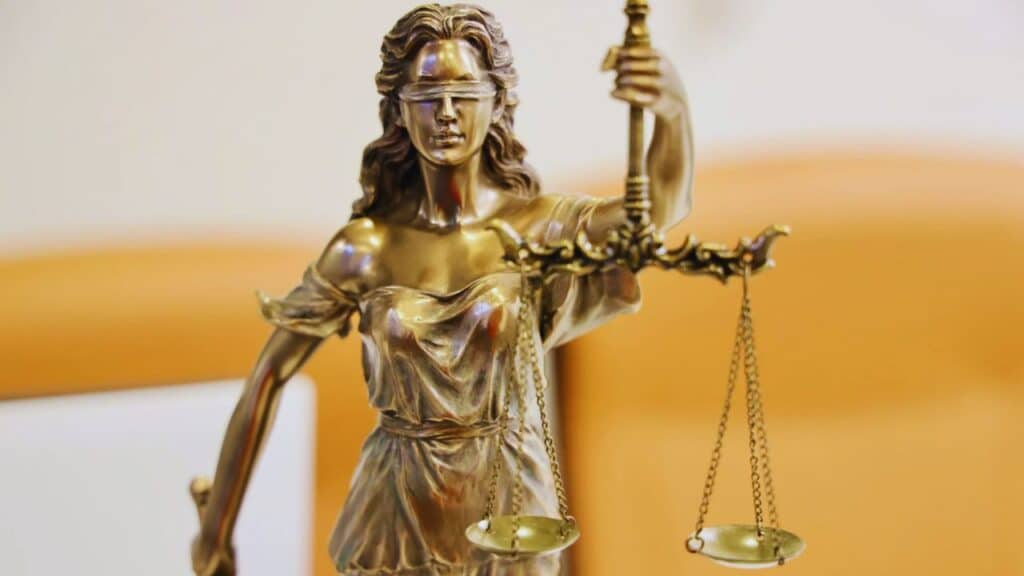Experiencing the loss of a loved one is a profound and painful event in anyone’s life. When that death results from someone else’s negligence or intentional harm, it can lead to overwhelming grief and confusion about the next steps to take.
Understanding the various legal options available can empower families to seek justice and potentially gain closure. Navigating the legal landscape surrounding wrongful death claims can be complex, especially during such an emotional time.
Understanding Wrongful Death Claims
A wrongful death claim arises when a person’s life is taken due to the reckless or negligent actions of another individual or entity. These claims can stem from various situations, including car accidents, medical malpractice, or workplace incidents. To succeed in a wrongful death case, the claimant must demonstrate that the defendant’s actions directly caused the death, resulting in damages that the surviving family members can claim.
It involves proving negligence, which typically includes establishing that the responsible party owed a duty of care, breached that duty, and caused harm through their actions. Securing legal representation early on can help ensure that all potential claims are identified and preserved, providing a clearer path to justice.
Establishing Negligence in a Wrongful Death
To establish negligence in a wrongful death case, several critical components must be proven. The first step is demonstrating that the defendant had a legal duty to act in a certain manner toward the deceased. Following that, it must be shown that the defendant breached that duty, either through action or inaction. Understanding how these elements interconnect can greatly influence the direction of the claim. For instance, in cases related to vehicular accidents, proving that the other driver failed to obey traffic laws can establish a strong foundation for negligence.
Additionally, causation is another essential factor. It needs to be clear that the defendant’s actions were directly responsible for the death of the victim. This can often be the most challenging part of a wrongful death claim. Gathering evidence such as eyewitness accounts, police reports, and expert testimony can significantly bolster the case.
Potential Damages in Wrongful Death Claims
The damages available in wrongful death cases can vary significantly based on the circumstances surrounding the death. Generally, families may be entitled to compensation for lost wages that the deceased would have earned had they lived, as well as any medical expenses incurred before their passing. Additionally, the emotional turmoil experienced by the surviving family members can also be considered in the damages awarded. This can include compensation for grief, loss of companionship, and even punitive damages aimed at deterring similar behavior in the future.
In many cases, the type of evidence presented can significantly impact the compensation awarded. Items such as pay stubs, tax returns, and medical bills serve as vital pieces of evidence illustrating the financial impact of the loss. Emotional impact is often more subjective; however, supporting testimonies from friends and family can contribute to a more comprehensive understanding of the loss’s significance.
The Role of an Attorney
The process of filing a wrongful death claim can be overwhelming, especially when families are already dealing with grief and loss. A Wrongful Death Attorney plays a crucial role in this process by guiding families through each step. From the initial consultation to potential courtroom battles, their expertise helps families make informed decisions that can shape the outcome of their case. Having someone who understands the law and the intricacies of the legal system can alleviate some of the stress associated with pursuing a claim.
Attorneys can help families gather evidence, file necessary paperwork, and negotiate with insurance companies on their behalf. Often, insurers will try to settle claims quickly and for minimal amounts.
Timeline for Filing a Wrongful Death Claim
Time is often of the essence when it comes to filing a wrongful death claim. Each state has its statute of limitations, which sets a deadline for initiating legal proceedings. In many cases, families may have a limited timeframe ranging from one to three years from the date of death. Failing to file within this window can bar recovery entirely, emphasizing the importance of acting promptly once the loss has occurred.
Legal proceedings can be lengthy, involving discovery, negotiations, and potential trial. Starting the process early not only helps preserve evidence but also provides families with the clarity they need to make decisions about their future.
Finding the Right Support After a Tragic Loss
Dealing with the aftermath of a wrongful death can be a long road filled with emotional and financial challenges. Families must find the right support, both emotionally and legally. Support groups, counseling, and open communication can be beneficial for processing grief and beginning to heal. Seeking professional help to navigate the emotional toll is just as important as pursuing legal action.
Surrounding yourself with a network of supportive family and friends can provide the strength needed throughout the legal journey. Reaching out for support can help alleviate feelings of isolation and assist in coping.
Taking steps to seek justice after a tragic loss not only honors the memory of those who have passed but also serves as a critical part of the healing process. Understanding legal options and the types of support available can guide families through a dark time and help create a brighter future for those still here.







































